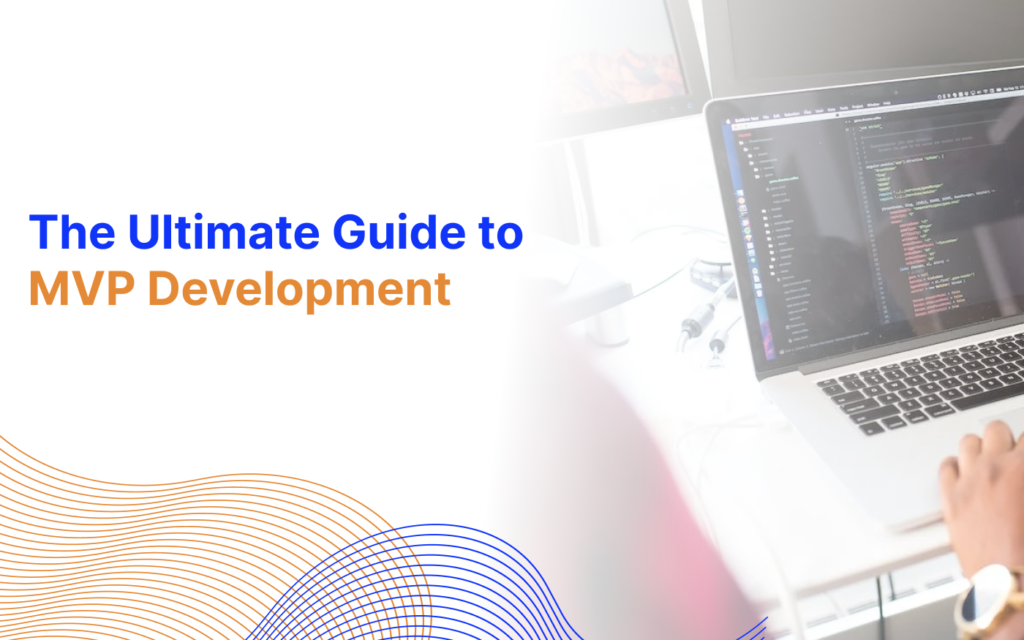
In today’s fast-paced business landscape, bringing a new product to market is filled with uncertainties and risks. Startups and established companies alike face the challenge of developing innovative products that meet customer needs while minimizing financial and resource risks. This is where MVP (Minimum Viable Product) development comes into play. MVP development allows businesses to validate their ideas, gather user feedback, and make informed decisions about product enhancements. By adopting an MVP approach, businesses can minimize risk and maximize the potential of their products.
What is an MVP? An MVP, or Minimum Viable Product, is a version of a product with enough features to satisfy early adopters and gather valuable feedback for further development. The primary goal of an MVP is to validate the product idea, test assumptions, and understand user needs and preferences. It is not a fully-fledged, feature-rich product, but rather a lean and focused version that serves as the foundation for future iterations and enhancements.
Minimizing Risk through MVP Development:
- Cost Efficiency: Developing a fully-featured product without understanding customer needs and market demand can be a costly endeavor. MVP development allows businesses to invest minimal resources initially and validate their product concept before allocating significant budgets. By starting with a lean and focused version, businesses can avoid unnecessary expenses on features that may not resonate with customers.
- Rapid Feedback Loop: One of the key benefits of MVP development is the ability to gather valuable feedback from early users. By releasing an MVP to a select group of users, businesses can obtain real-world insights and user reactions. This feedback loop enables businesses to make data-driven decisions and iterate quickly, reducing the risk of building a product that does not meet customer expectations.
- Market Validation: With an MVP, businesses can test the viability of their product in the market before committing extensive resources. By launching a scaled-down version and observing customer response, businesses can validate their assumptions and gauge market demand. This validation helps businesses make informed decisions about further investment and product development, minimizing the risk of building a product that fails to find a market fit.
- Early User Engagement: MVP development allows businesses to involve early adopters in the product development process. By engaging with users from the beginning, businesses can build a community of loyal customers who feel invested in the product’s success. This early user engagement fosters a sense of ownership and loyalty, reducing the risk of losing customers to competitors and enhancing the potential for product success.
Maximizing Product Potential through MVP Development:
- Focus on Core Value: MVP development forces businesses to prioritize and focus on the core value proposition of their product. By defining the essential features and functionalities required to deliver value, businesses can avoid feature bloat and unnecessary complexities. This focus on core value ensures that the product resonates with users and addresses their most pressing needs, increasing the potential for success.
- Faster Time-to-Market: Traditional product development cycles can be time-consuming, often resulting in missed market opportunities. MVP development accelerates the time-to-market by releasing a functional version of the product quickly. By delivering a minimum viable product, businesses can enter the market faster, gain a competitive advantage, and seize early adopter interest before competitors have a chance to catch up.
- Iterative Development: MVP development promotes an iterative approach to product development. By gathering user feedback, businesses can identify areas for improvement, prioritize new features, and make incremental updates. This iterative process allows businesses to continuously refine their product based on user needs and market demands, maximizing its potential for success.
- Customer-Centric Product Development: MVP development encourages businesses to adopt a customer-centric mindset. By involving users early on and listening to their feedback, businesses can develop products that truly meet customer needs. This customer-centric approach increases the chances of building a product that customers love and are willing to pay for, resulting in long-term success and customer satisfaction.
- Scalability and Flexibility: MVP development sets the foundation for future product scalability and expansion. By starting with a minimum viable product, businesses can gather insights into user preferences and market demands. This knowledge helps in making informed decisions about future feature development and scalability. The iterative approach of MVP development ensures that the product evolves with changing market trends and customer needs, maximizing its potential for long-term growth.
In conclusion, MVP development is a powerful approach that allows businesses to minimize risk and maximize the potential of their products. By adopting an MVP mindset, businesses can validate their product ideas, gather valuable user feedback, and make data-driven decisions about product enhancements. MVP development minimizes financial risks by focusing on core value, providing a rapid feedback loop, validating the market, and engaging early users. Simultaneously, it maximizes product potential by prioritizing customer needs, accelerating time-to-market, enabling iterative development, and ensuring scalability. Embracing MVP develohttps://www.zignuts.com/mvp-development-servicespment as a strategic approach empowers businesses to navigate the uncertain terrain of product development with confidence and increase their chances of delivering successful and impactful products to the market.
Read More – Here






